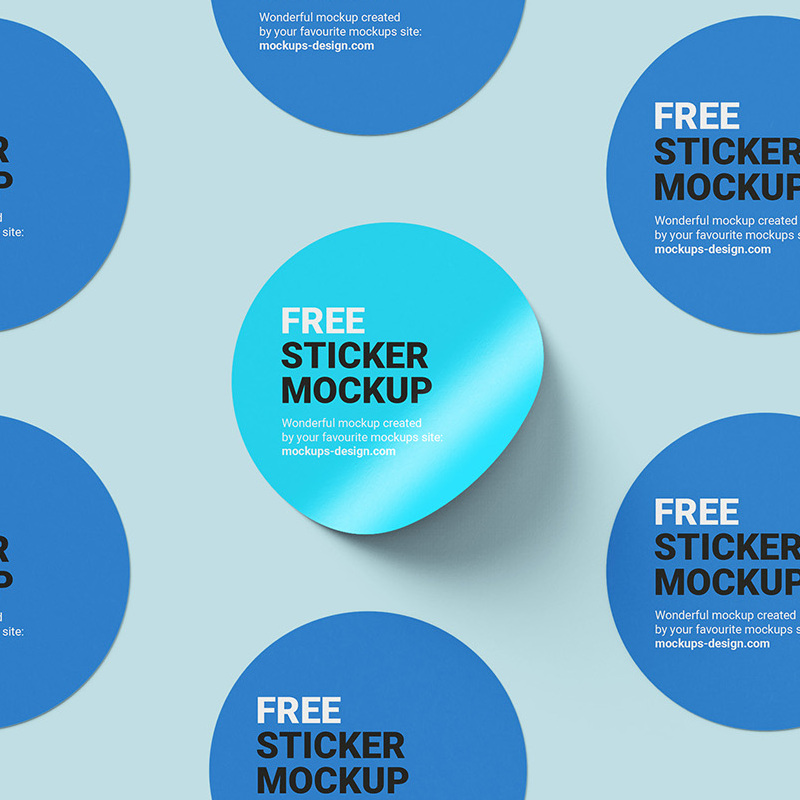Personalised Food Packaging Revolutionizing the Culinary Experience
In a world where individuality holds significant importance, personalised food packaging is quickly becoming a vital aspect of the consumer experience in the food industry. This innovative approach goes beyond traditional packaging methods by tailoring the presentation and content of food products to meet the specific preferences and identities of consumers. The shift towards customised packaging not only enhances brand loyalty but also elevates the overall culinary experience, making it more engaging and memorable.
The Rise of Personalisation
Consumers today are increasingly seeking products that reflect their unique tastes and lifestyles. The food industry has taken note, and personalisation is now a core strategy for brands aiming to differentiate themselves in a saturated market. With advances in technology and the increasing availability of data analytics, brands can now gather insights about consumer preferences, behaviours, and dietary restrictions. This information enables companies to create packaging that resonates with individuals on a personal level, thereby fostering a stronger connection between the brand and its customers.
The Benefits of Personalised Packaging
1. Enhanced Consumer Engagement Personalised packaging creates an opportunity for storytelling. Brands can incorporate elements that capture the essence of their consumers’ identities, such as names, images, or messages that resonate with particular demographics. This not only draws attention but also encourages customers to engage with the product, leading to increased shareability on social media platforms.
2. Improved Customer Satisfaction When consumers feel that a product has been designed with them in mind, their satisfaction and loyalty towards the brand increases. Personalised packaging can include features such as tailored nutritional information, suggesting recipes based on individual preferences, or offering tips for maximising the product’s use. This customization enhances the user experience, making customers feel valued and understood.
personalised food packaging

3. Sustainability Considerations Many consumers today are eco-conscious and prefer brands that demonstrate a commitment to sustainability. Personalised packaging can also reflect this ethos. By offering options that allow consumers to select biodegradable or recyclable materials, brands can appeal to environmentally aware shoppers. Furthermore, by optimising packaging sizes to reduce waste, companies can take a step towards more sustainable practices.
4. Market Differentiation In a competitive landscape, personalised packaging helps brands stand out. Whether through unique designs or the use of augmented reality features that consumers can interact with, brands can create a distinctive identity that attracts attention. This differentiation is crucial in capturing the interest of consumers and building a loyal customer base.
Challenges and Considerations
While the benefits of personalised food packaging are numerous, it’s not without its challenges. Implementing personalisation requires significant investment in technology and expertise. Additionally, brands must be cautious about data privacy and ensure that consumer information is handled transparently and ethically. Striking the right balance between personalisation and the preservation of consumer trust is essential.
Conclusion
Personalised food packaging is more than just a trend; it is a reflection of changing consumer expectations and the evolving landscape of the food industry. By harnessing the power of technology and consumer insights, brands can create distinctive packaging solutions that not only enhance the product’s appeal but also foster deeper connections with their customers. As we look to the future, it is clear that the integration of personalization into food packaging will play a pivotal role in shaping the culinary experiences of tomorrow.



